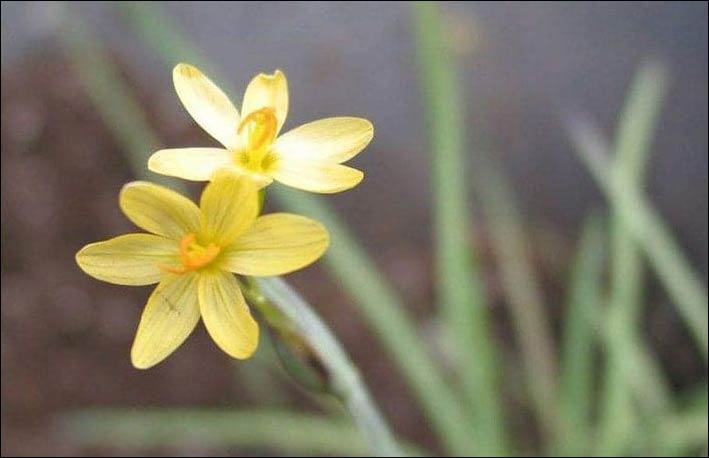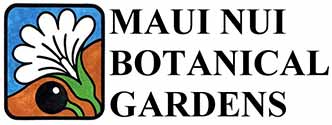Seeds Sprout After 120 Years!
by Cathy Davenport,
Seed Storage Technician, MNBG

Photo by Ethan Romanchak
Dr. William James Beal began a study in 1879 to test seed dormancy. 142 years later the study is still going on, much longer than he expected.
The study’s purpose was to help farmers in Michigan know how long weed seeds would keep sprouting. Farmers spent endless frustrating hours clearing out weeds.
A clear glass bottle was filled with over 1,000 seeds mixed with sand. This bottle had 50 seeds from 21 different species. He made 20 of these bottles, using well over 20,000 seeds. The 20 bottles were buried in sand, slanting downward, with the mouths left open so that water would not get into the bottle during rains.
Dr. Beal planned to excavate a bottle every fifth year to test for germination. This happened for 40 years (8 bottles). In 1920 the excavations were increased to every 10 years. In 1990 the excavations were increased to every 20 years. Twice a flu epidemic delayed the excavation for one year. Once in 1918, and again in 2020. After 142 years the 16th bottle was excavated in April 2021.
Buried in a secret location on Michigan State University campus, botanists head out at night to excavate a bottle. The bottle needs to be excavated at night so that sunlight will not enter the other clear glass bottles and stimulate the seeds into germination. The botanists use green lights.
Seeds dormant for 120 years sprouted. Verbascum blattaria (a mullein) was the most prolific. Malva rotundifolia also germinated. Both species matured to produce flowers and viable seed.
A naturally occurring long-term dormancy-breaking event happened in Haleakalā National Park near Hosmer’s Grove in the 1980’s after a hurricane and tropical storm came through.
A large area of non-native pine trees that had been there over 50 years came down in the storms. A few years later the Park service removed the fallen trees. This changed the environment enough to create conditions breaking dormancy of seeds which had been in the soil below the trees. Up sprang hundreds of the rare native Hawaiian iris (Sisyrinchium acre). Over time the iris proliferated into a larger area. The iris is endemic, found only in the Hawaiian Islands. More specifically, found only on Haleakalā and Hawai‘i island. Although it is not an endangered species, Laukahi, the Hawai‘i Plant Conservation Network and others have designated it as a Species of Conservation Importance.
The iris has a Hawaiian name that translates to ‘the grass that causes the skin to turn red’. Mau‘u hō‘ula ‘ili. Some people have skin susceptible to being tatooed with the leaves. Sometimes the tatoo will fade away.
At the MNBG Seed Bank, the purpose of knowing how long the seeds of a species can remain dormant in storage is important for the our role in conservation ecology, restoration and mitigation of extinction.

